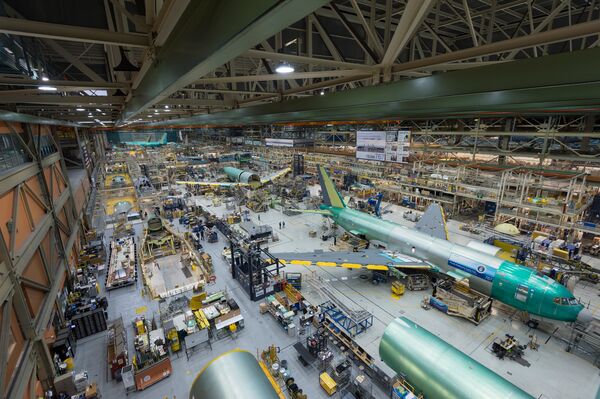
The USAF's KC-46 tanker is based on the 767 freighter. Boeing said that the platform met the services requirements regarding total fuel offload, range offload, and cargo carrying capacity. (Boeing)
Commercial derivatives have been a staple of military procurement for decades. Boeing, Airbus, and other contractors have several in production, ranging from tankers to surveillance assets for air and defence forces.
The decision to convert a commercial aircraft to a military asset is determined by customer requirements and mission sets. A limited number of missions can be accomplished with a commercial derivative, typically roles such as tanking, airborne early warning and control (AEW&C), transport, medical evacuation, and surveillance.
Commercial derivatives are part of a so-called commercial off-the-shelf (COTS) technology strategy by the US Department of Defense (DoD) to modify civilian equipment for military use. Other COTS systems include unmanned aircraft systems (UASs) and software.
Establishing a new aircraft production line is costly, and it can take time to develop the supply chain needed. However, the decision to use a current-production aircraft also has potential drawbacks; since the design is already established, there are limits to what alterations can be made.
Designing the aircraft
When starting a new programme, the US Air Force (USAF), for example, typically first considers an analysis of alternatives (AoA), and the service performs market research to see if a commercial derivative is feasible. It then builds its requirements and issues a request for proposal (RFP) for industry. Industry then does its own research to see if any products meet the outlined requirements.
Looking to read the full article?
Gain unlimited access to Janes news and more...







